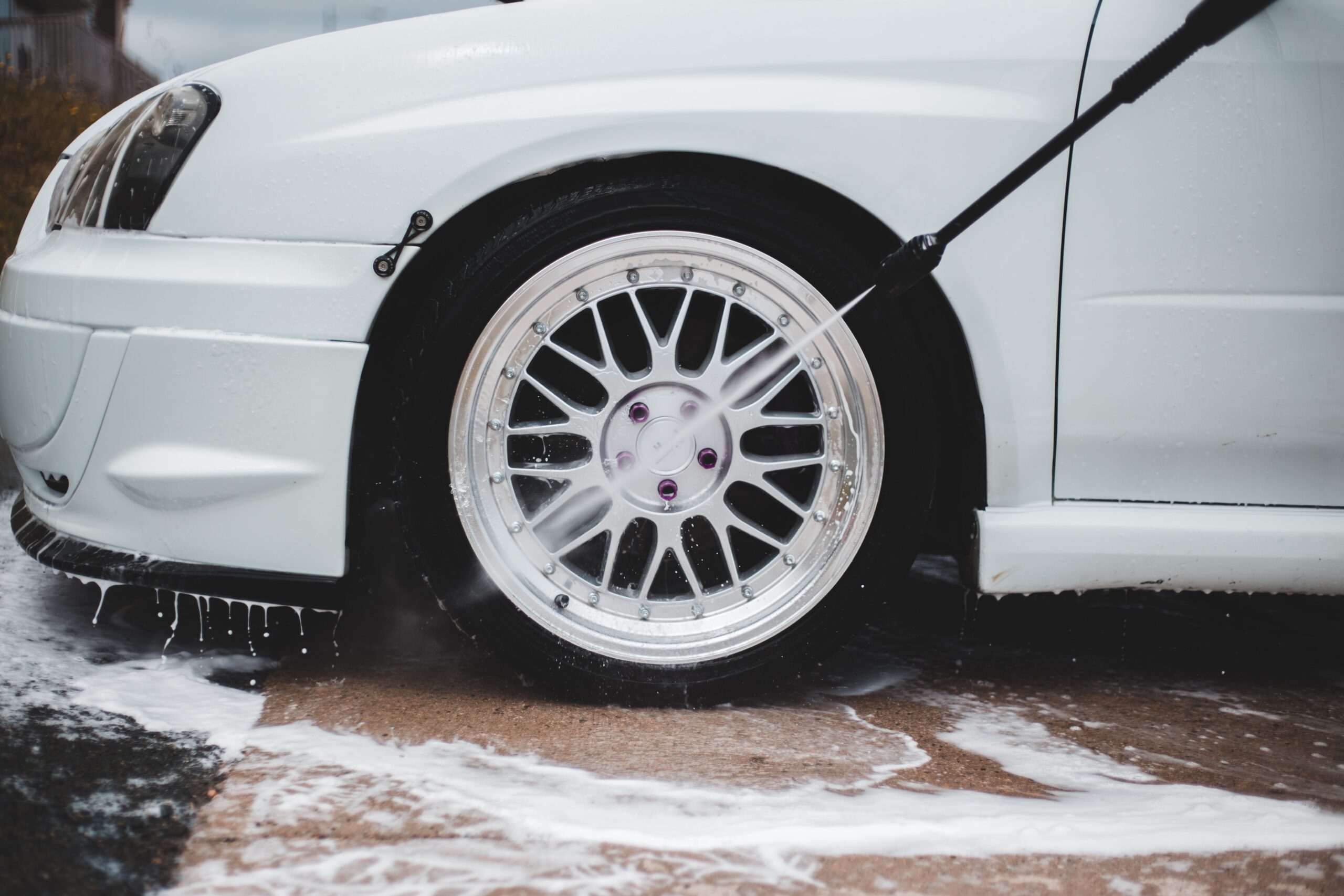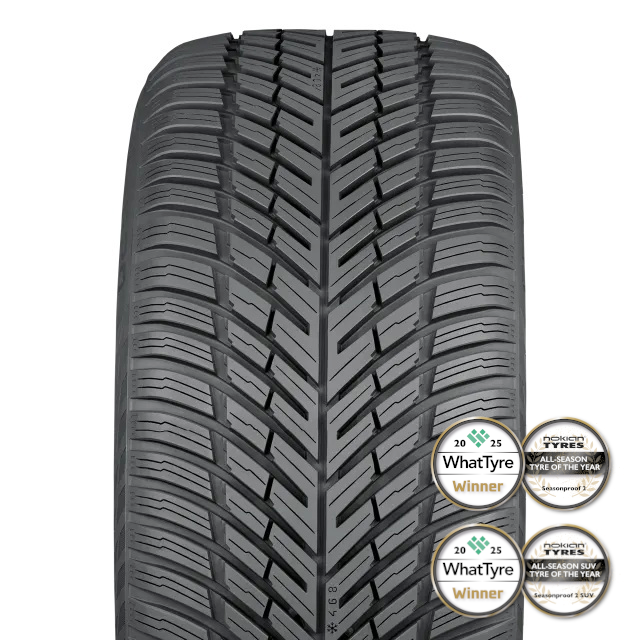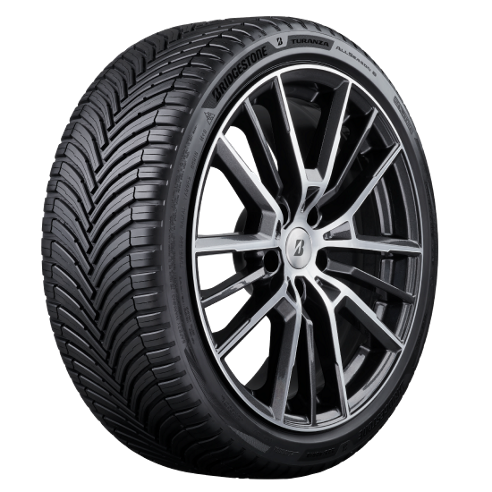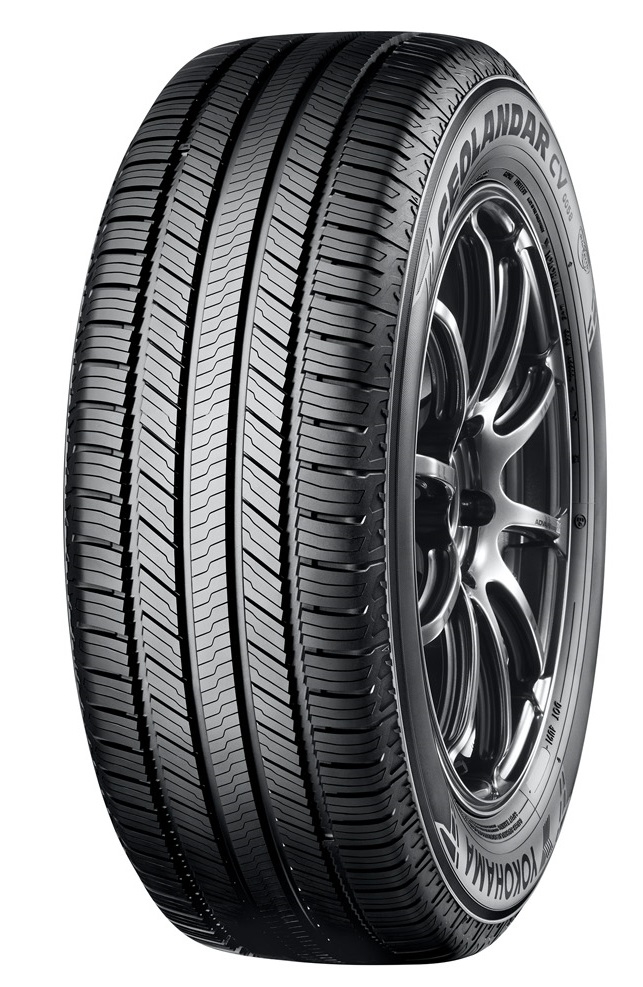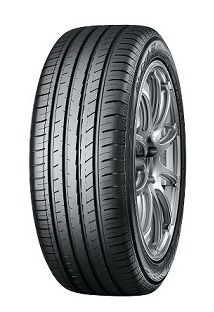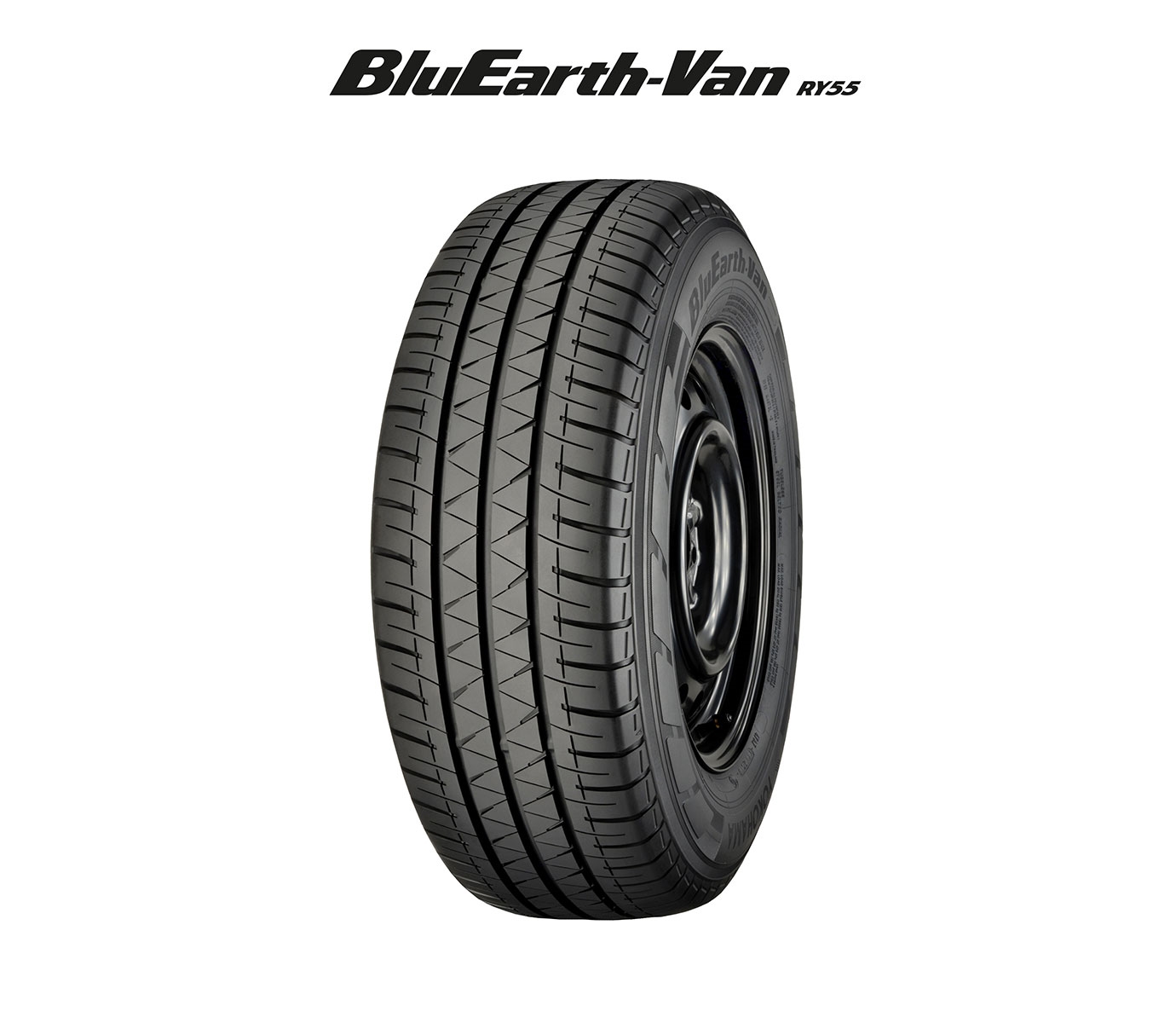Proper maintenance is essential for long-lasting tyres. A few regular check-ups can go a long way in preventing costly replacements and keep your vehicle looking pristine. Tyres are some of the most exposed components of modern vehicles, withstanding layers of dirt, debris and road surface material, uneven surfaces and high levels of friction. Like all car parts, even the best tyres will be worn down eventually. Keeping on top of these basic tasks helps tyres continue to perform at their best.
- Maintaining tyre pressure
Tyre pressure will naturally fluctuate and decrease over time, especially as outside temperatures drop. Both underinflation and over inflation increase the risk of a road accident and result in accelerated wear. Underinflation can also reduce the vehicle’s fuel efficiency, costing you more money. You can avoid this by checking the tyre pressure regularly using a pressure gauge. Although many modern cars feature monitoring systems which automatically inform the driver when it gets dangerously low or high, it’s still advisable to check this yourself as part of routine maintenance.
- Checking tread depth
Shallow tread grooves are less effective at channelling water from the road, leading to an increased risk of aquaplaning. A worn tread is also more vulnerable to punctures and provides less grip. Most countries therefore have a minimum required tread depth to protect road users through the seasons. Some countries also require special seasonal tyres for added protection during the winter months. In the UK, the legal minimum is 1.6 mm, however, many experts recommend changing tyres when the depth is below 3 mm. And the emergency services commonly change their tyres at around this level. UK research has shown that the difference in the wet braking distance between tyres with a tread depth of 3 mm and those with a depth of 1.6 mm can be up to 44 per cent.
- Aligning the wheels
Misalignment can lead to a number of issues, such as a poor fuel economy, uneven tyre wear or damage, and increased stress on the suspension. It can occur as a result of impacts, including hitting the curb or driving over potholes. Symptoms of bad wheel alignment may include a crooked or vibrating steering wheel, squealing tyres, and drifting. You can get the wheel angles adjusted by a professional at a garage to correct this.
- Rotating the tyres
Tyre rotation is the process of changing the position of the tyres in specific patterns. It often involves swapping the front and rear tyres of the vehicle. The front tyres tend to wear more rapidly than the rear ones. Rotating them should extend their service life and even out wear across all four wheels. The pattern of rotation will depend on the type of tyres used and the drivetrain, for example. It is not uncommon for technicians to recommend doing this once every 5,000 to 8,000 miles.
- Keeping them clean
This is not only an aspect of tyre care, but it also has a big impact on the vehicle’s aesthetics. A good cleaning routine should prevent the sidewall rubber from cracking and improve traction. Steps for cleaning tyres:
Step 1 – Wash the tyre surfaces thoroughly to remove dirt and grime.
You can do this using a mild automotive shampoo and water or an all-purpose cleaner for cars. Make sure to use appropriate cleaning tools such as a soft brush or microfibre wash mitt.
Step 2 – Dry the surfaces completely.
Step 3 – Apply a tyre protectant.
For example, you can use the Moje AUTO Tyre Cleaner (19-585) for a satin matte finish and enhanced colour. This will help to protect the rubber from cracking or fading and provide long-term effective protection against dirt. It restores its appearance, keeping tyres looking cleaner for longer. IMPORTANT: Avoid contact with the tread when applying the product.
Step 4 – Wait for the protectant to work.
You should wait approximately 10 minutes to achieve the desired effect.
Step 5 – Wipe the surface with a clean, microfibre cloth.
This will bring out the shine while removing any excess product in the process.

